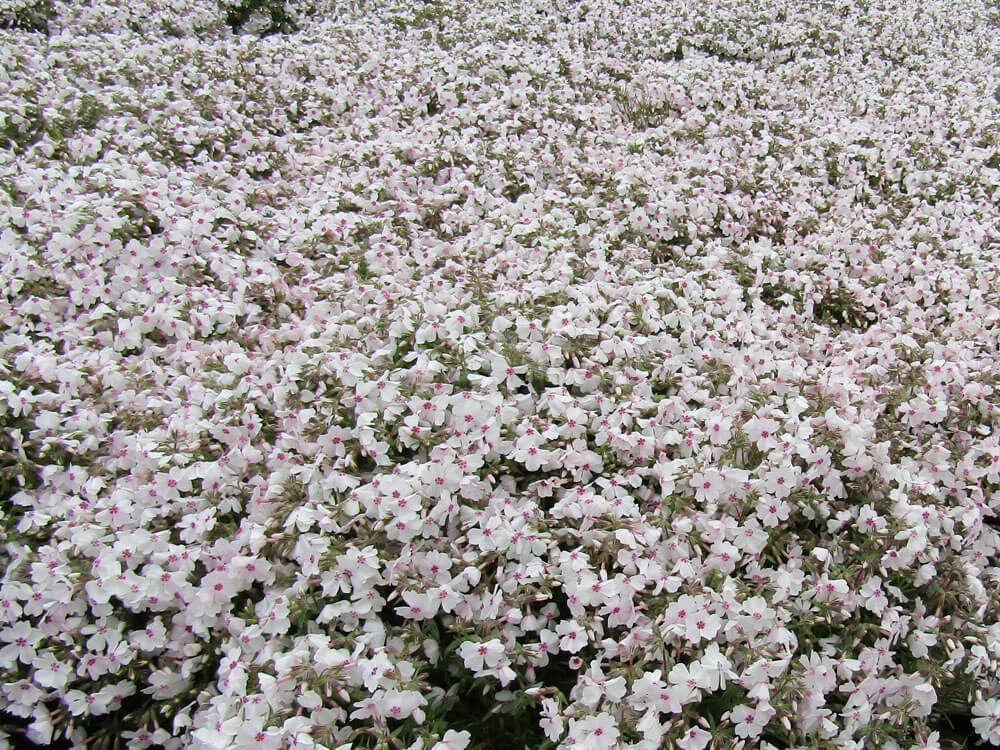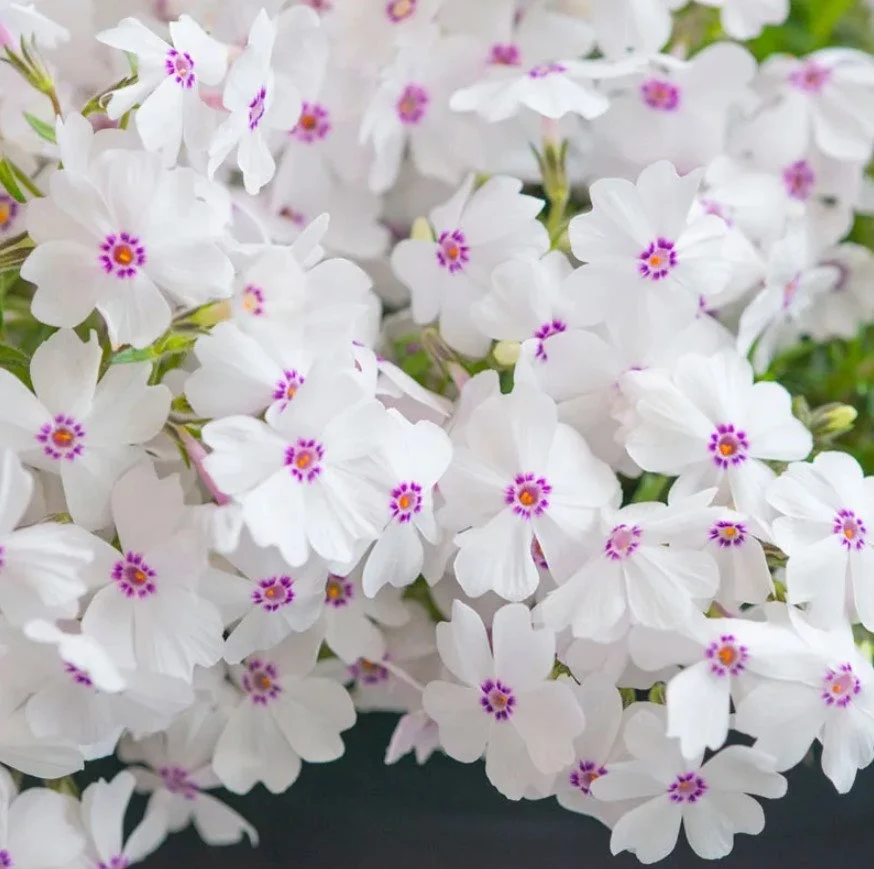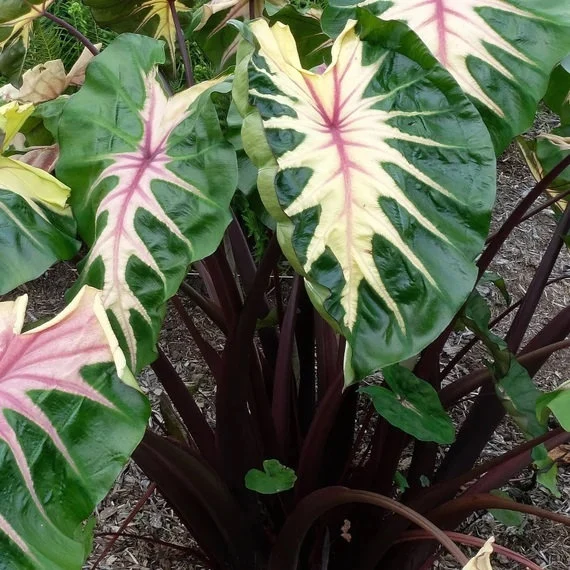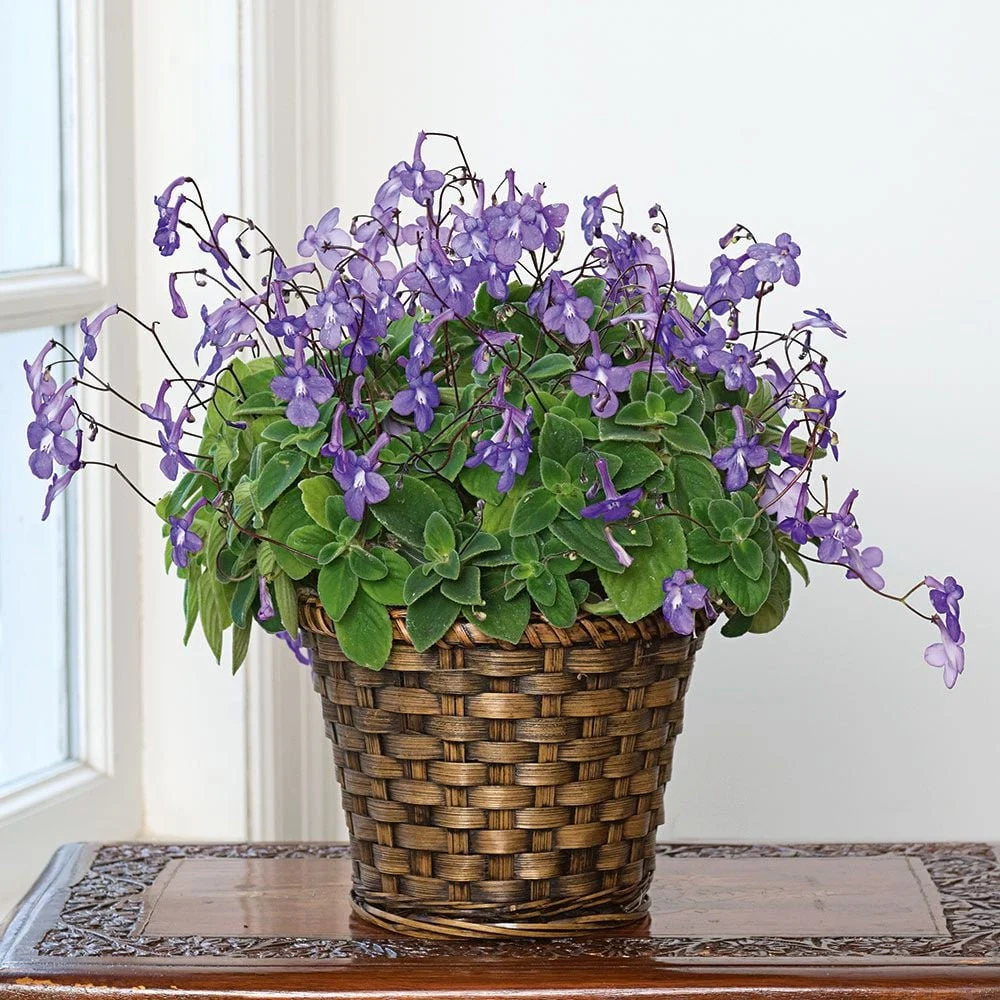
The Amazing Grace White Phlox (Phlox paniculata ‘Amazing Grace’) is a stunning perennial known for its fragrant white blooms with a delicate pink eye. This plant adds elegance and charm to gardens, attracting pollinators such as butterflies and bees. Proper care ensures a healthy, vibrant display throughout the growing season. This guide covers key aspects of Amazing Grace White Phlox care, including light requirements, watering, soil needs, fertilization, temperature, pruning, propagation, pest control, and seasonal maintenance.
1. Light Requirements
Amazing Grace White Phlox thrives in full sun, requiring at least six hours of direct sunlight daily. While it can tolerate partial shade, insufficient light may lead to leggy growth and reduced blooming. For optimal flowering, plant it in a location with morning sun and some afternoon shade, especially in hotter climates.
2. Watering Needs
Consistent moisture is essential for healthy growth. Water deeply when the top inch of soil feels dry, ensuring even moisture without waterlogging the roots. During dry spells, increase watering frequency. A layer of mulch around the base helps retain soil moisture and regulate temperature.
3. Soil Requirements
This phlox variety thrives in rich, well-draining soil with a slightly acidic to neutral pH (6.0 to 7.0). Amending soil with organic matter like compost or well-rotted manure improves fertility and drainage. Avoid heavy clay soils unless amended with sand or organic matter to enhance aeration.
4. Fertilization
Feed Amazing Grace White Phlox with a balanced fertilizer (such as 10-10-10) in early spring to promote strong growth. A second feeding during mid-summer encourages prolonged blooming. Organic alternatives like compost tea or bone meal also support healthy development.
5. Temperature and Humidity
This hardy perennial thrives in USDA zones 4-8, preferring moderate temperatures. While it withstands summer heat, excessive humidity may increase susceptibility to fungal diseases. Ensuring good air circulation by spacing plants adequately reduces humidity-related issues.
6. Pruning and Deadheading
Regular deadheading (removing spent flowers) encourages continuous blooming and prevents self-seeding. In late fall or early spring, cut back stems to ground level to promote fresh growth and reduce disease risks. Thinning crowded stems improves air circulation and enhances overall plant vigor.
7. Propagation
Amazing Grace White Phlox can be propagated through division or stem cuttings. In early spring or fall, divide mature plants by carefully separating root clumps and replanting them in prepared soil. Stem cuttings taken in late spring can be rooted in a moist growing medium.
8. Common Pests and Diseases
While generally resilient, this phlox may attract aphids, spider mites, and powdery mildew. Inspect leaves regularly and use insecticidal soap or neem oil to control pests. To prevent fungal diseases, water at the base of the plant and avoid overhead watering. Proper spacing and airflow further reduce disease risks.
9. Seasonal Maintenance
In spring, apply mulch to retain moisture and suppress weeds. During winter, a light mulch layer protects roots from freezing temperatures. Remove dead foliage in fall to minimize overwintering pests and diseases.






